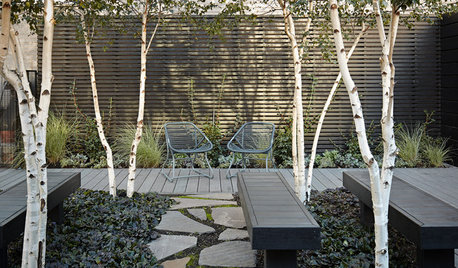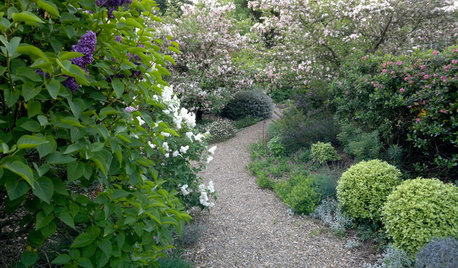escallonia
westgate
15 years ago
Related Stories

LANDSCAPE DESIGN5 Ways to Use Trees to Create a Sensational Garden Space
Trees define spaces in multiple ways and bring a layer of shade and intrigue to the landscape
Full Story
LANDSCAPE DESIGNSee a Lush Australian Garden That Needs Little Water
Highly self-sufficient and sustainable, this oasis near Sydney offers something special around every corner
Full Story







Embothrium
juudyshouse2012
Related Professionals
Deer Park Landscape Architects & Landscape Designers · Milford Landscape Contractors · Brookfield Landscape Contractors · Clayton Landscape Contractors · Dedham Landscape Contractors · West Orange Landscape Contractors · Palos Heights Landscape Contractors · Annapolis Fence Contractors · Chesterfield Fence Contractors · Kirkland Fence Contractors · Mays Chapel Fence Contractors · Newark Fence Contractors · Palmetto Bay Fence Contractors · Whittier Fence Contractors · Whittier Fence ContractorsEmbothrium
westgateOriginal Author
Embothrium
Patrick888